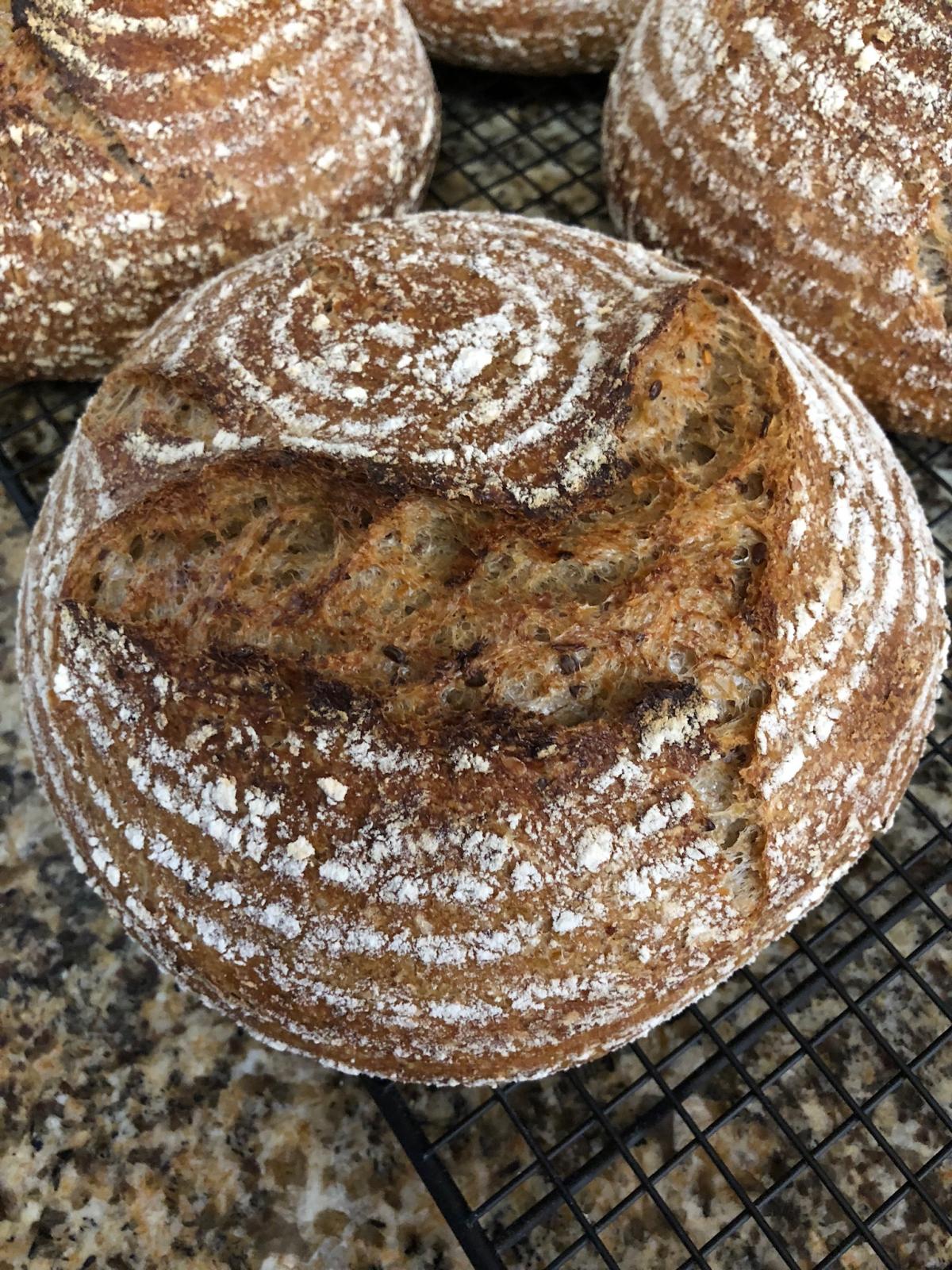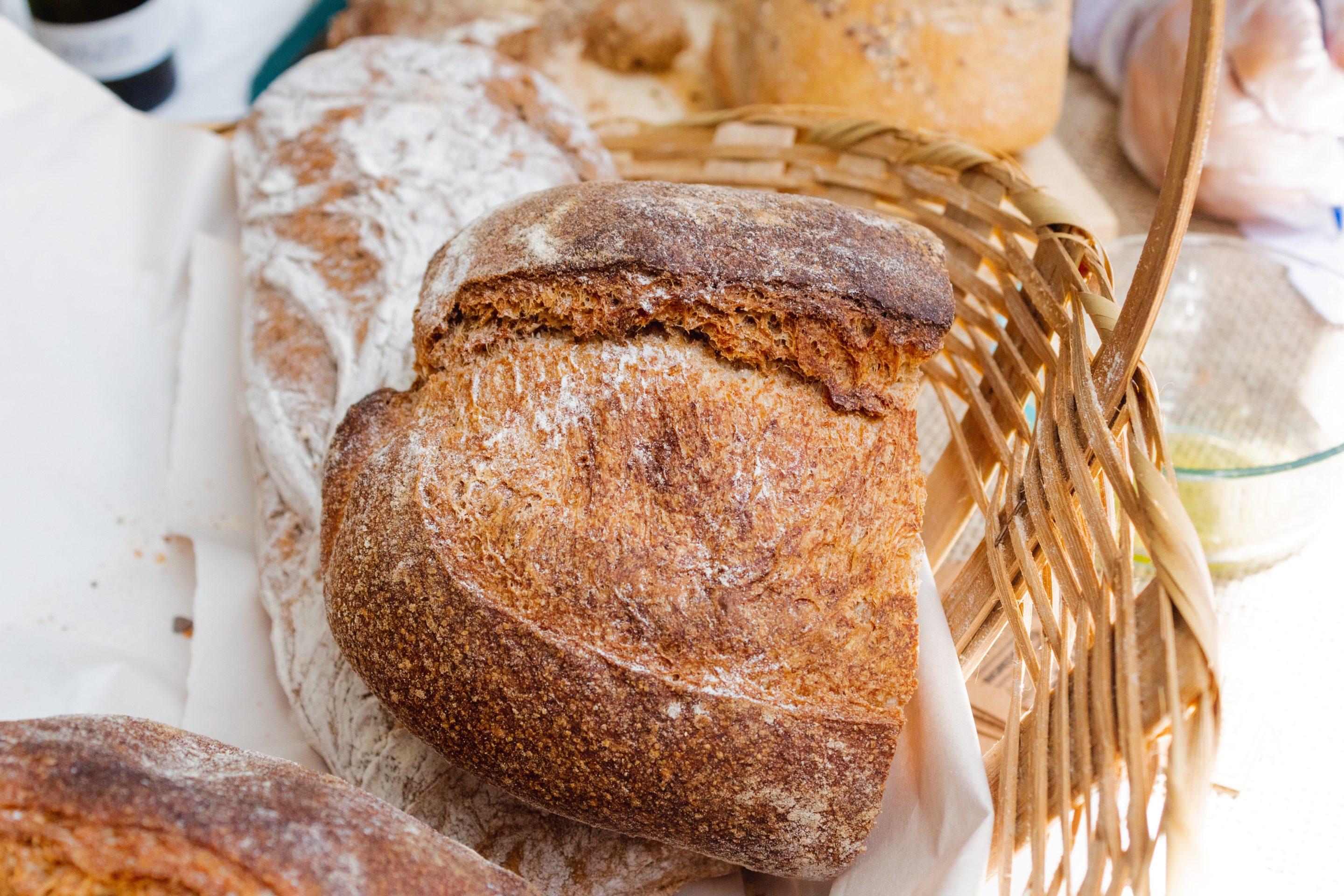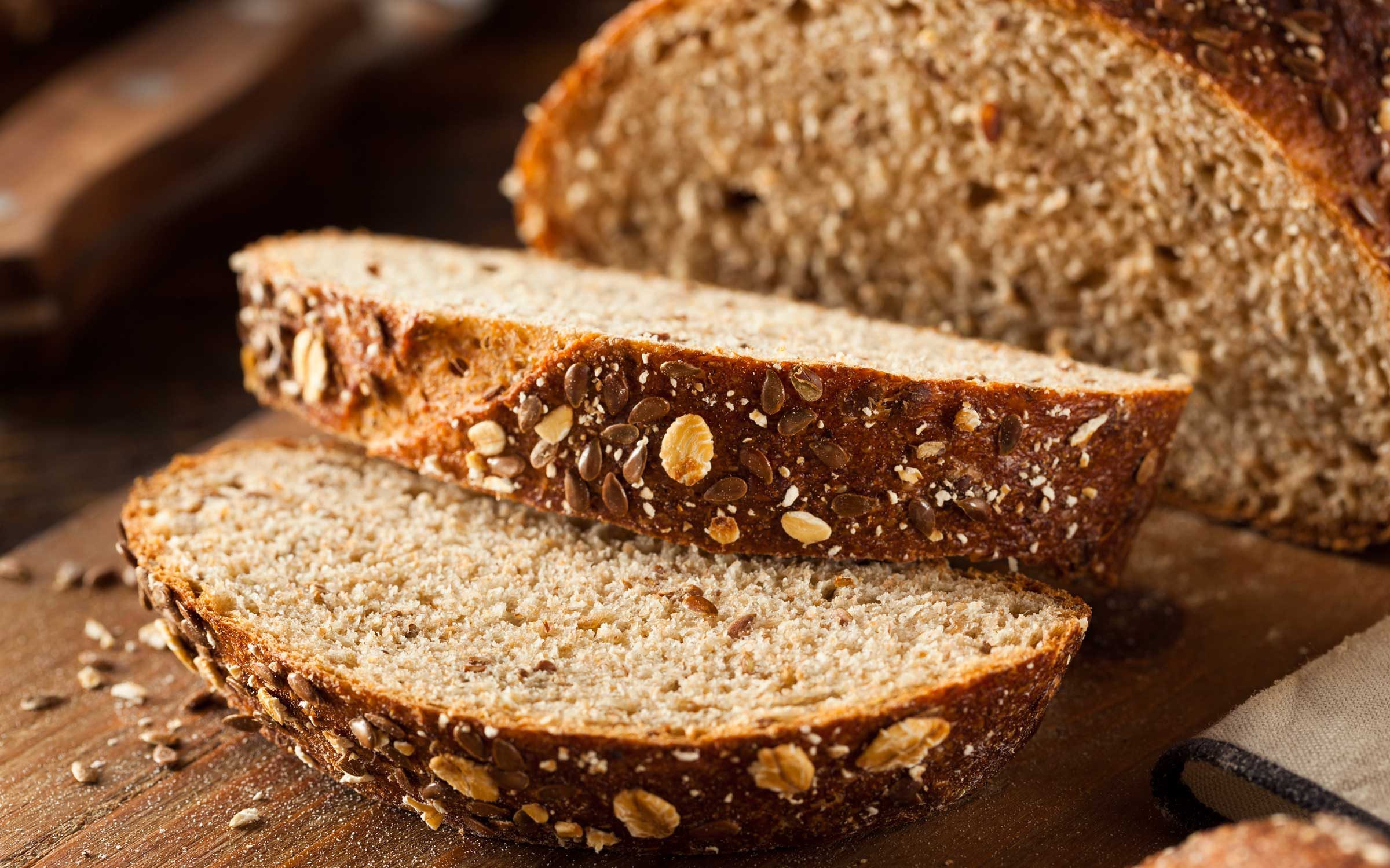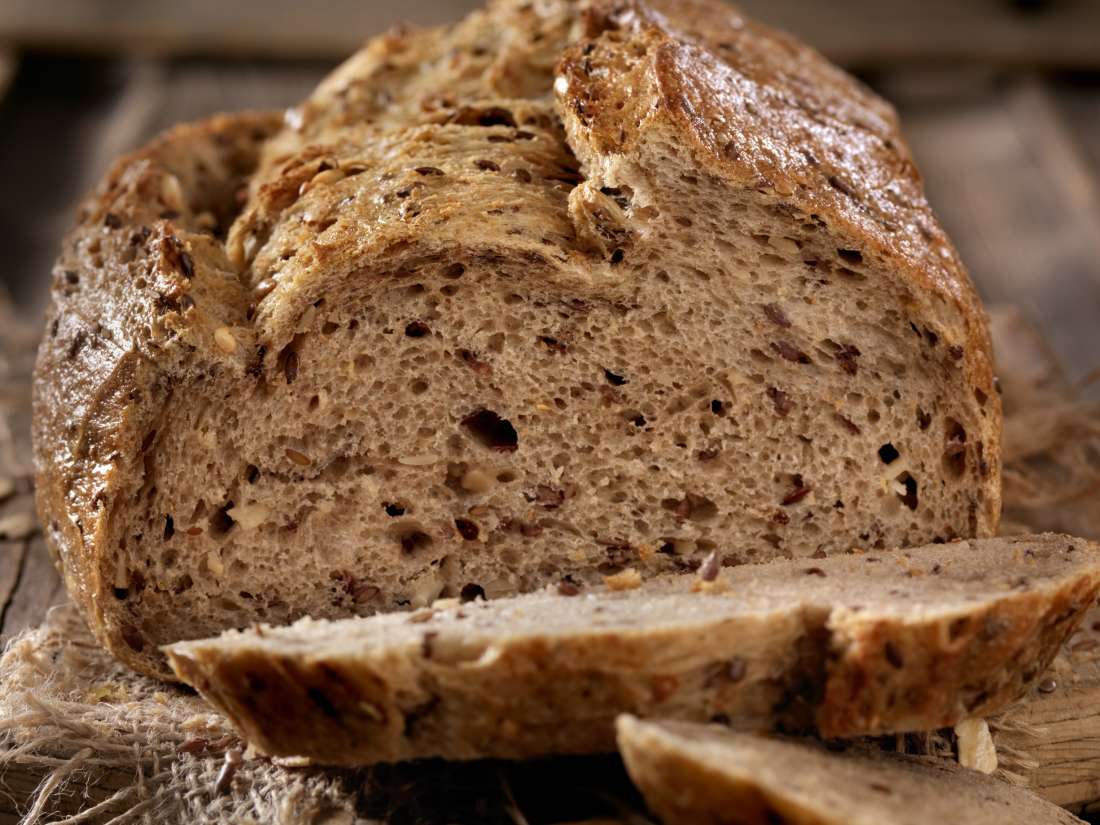Best Bread For Heart Healthy Diet
Tuesday, April 2, 2024
Edit

Best Bread for a Heart-Healthy Diet
What is a Heart-Healthy Diet?
A heart-healthy diet is a lifestyle choice that helps to reduce the risk of heart disease, stroke and other cardiovascular diseases. It involves eating a balanced diet that is low in saturated fat, trans fat, cholesterol and sodium, and high in fiber, complex carbohydrates, omega-3 fats and other essential nutrients. Eating a heart-healthy diet also means avoiding processed foods, fast foods and fried foods, and choosing more whole, natural foods.
What is the Best Bread for a Heart-Healthy Diet?
The best bread for a heart-healthy diet is whole grain bread. Whole grain breads are unprocessed, meaning they are made with the entire grain, and contain more fiber, vitamins and minerals than white breads. Whole grain breads are also lower in calories, fat and sodium than white breads.
When choosing a whole grain bread, look for breads that contain whole wheat, oats, barley, rye, buckwheat, millet, quinoa, amaranth, or other whole grains as the first ingredient. Avoid breads that contain refined grains, such as white flour or enriched flour, as the first ingredient.
Health Benefits of Whole Grain Bread
Whole grain breads are packed with a variety of essential nutrients, including fiber, protein, vitamins and minerals. Whole grain breads provide fiber, which helps to reduce cholesterol levels and stabilize blood sugar levels. They also provide essential vitamins and minerals, including B vitamins and magnesium. B vitamins are essential for energy production, while magnesium helps to regulate blood pressure and supports bone and heart health.
Whole grain breads also contain antioxidants, which help to protect the body from oxidative damage. Antioxidants are linked to a reduced risk of heart disease, cancer, type 2 diabetes and other chronic diseases.
How to Incorporate Whole Grain Bread into a Heart-Healthy Diet
Whole grain breads can be incorporated into a heart-healthy diet in a variety of ways. They can be used as a sandwich base, toast, or as an accompaniment to soups, salads and other dishes. Whole grain breads can also be used to make homemade breads, muffins and other baked goods.
When adding whole grain breads to your diet, it is important to read the label and choose breads that are low in saturated fat, trans fat, sodium, and sugar. It is also important to keep portion sizes in mind, and to remember that breads can quickly add up in calories, so it is important to choose breads that are lower in calories and fat.
Conclusion
Eating a heart-healthy diet is an important part of maintaining good health, and choosing the right type of bread is an important part of this. Whole grain breads are an excellent choice for a heart-healthy diet, as they are packed with essential nutrients, including fiber, vitamins, minerals and antioxidants. Whole grain breads are also lower in calories, fat and sodium than white breads. When adding whole grain breads to your diet, it is important to read the label and choose breads that are low in saturated fat, trans fat, sodium, and sugar.
Heart Healthy Pumpkin Bread | Eggland's Best

Healthy Breads to Eat for Anti-Inflammatory Diets | LIVESTRONG.COM

Heart Healthy Oat Bread | The Fresh Loaf

The Healthiest Types of Bread—and Their Health Benefits | Food, Healthy

Heart healthy nutty bread w homeade garlic butter. | Food, Homeade

The healthiest bread to eat, according to dietitians | Well+Good

Healthy Bread: 7 Reasons to Eat More Bread | Reader

Healthy bread: Types, health benefits, nutrition, and recipes

Healthy Ways to Include Bread in Your Diet | Healthy bread, Bread

Heart-Healthy Banana Bread : 8 Steps (with Pictures) - Instructables
